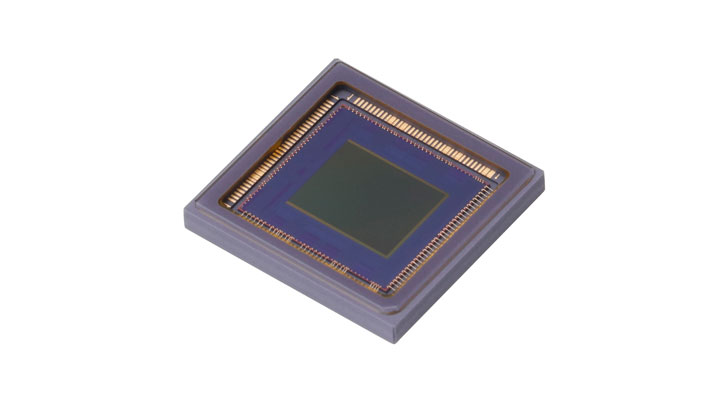We covered Canon's global shutter technical presentation at ISSCC 2017 last month. Nikkei Technology has given a more in-depth breakdown of what Canon has presented about CMOS global shutter sensors.
Nikkei Technology explains:
Conventional CMOS sensors use the “rolling shutter” technology, which exposes lines of pixels in series (one after another). It causes a time lag when reading signals from each pixel, sometimes distorting the image of a fast-moving subject.
On the other hand, the [global shutter] technology exposes all the pixels at the same time and is suited for taking images of fast-moving subjects. However, its dynamic range is narrow. To solve this problem, Canon made two major improvements.
First, within time for one exposure, the value calculated by accumulating the electric charge from the light-receiving part (PDs: photo diodes) twice is stored in the memory and processed. To read out the electric charge at a high speed, Canon used its own A-D (analog-digital) converter called “SSDG-ADC”. The converter was announced at ISSCC 2014. Read the full article
We can definitely expect to see global shutter technology in future Canon cameras, and hopefully that happens sooner than later.
thanks Matthew

